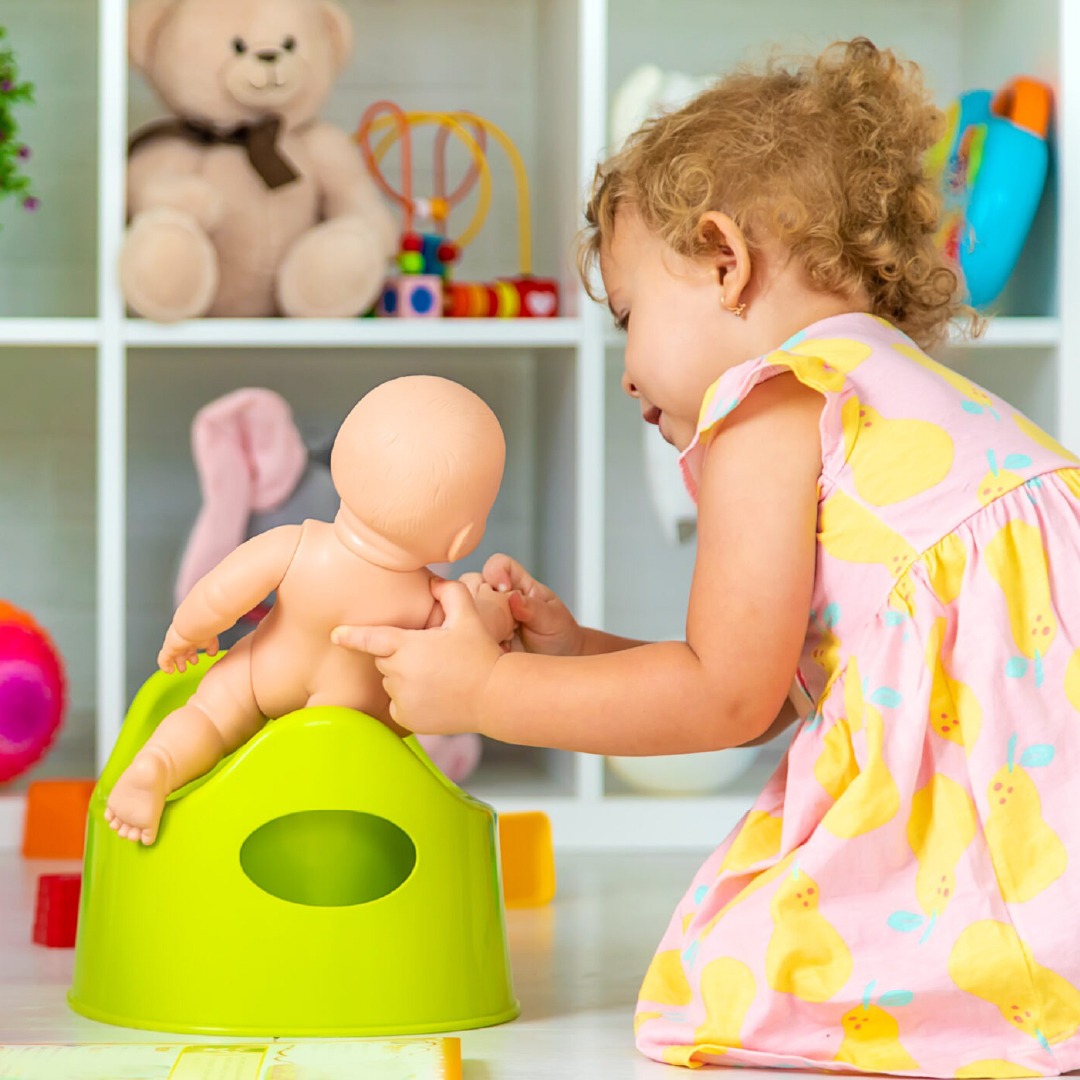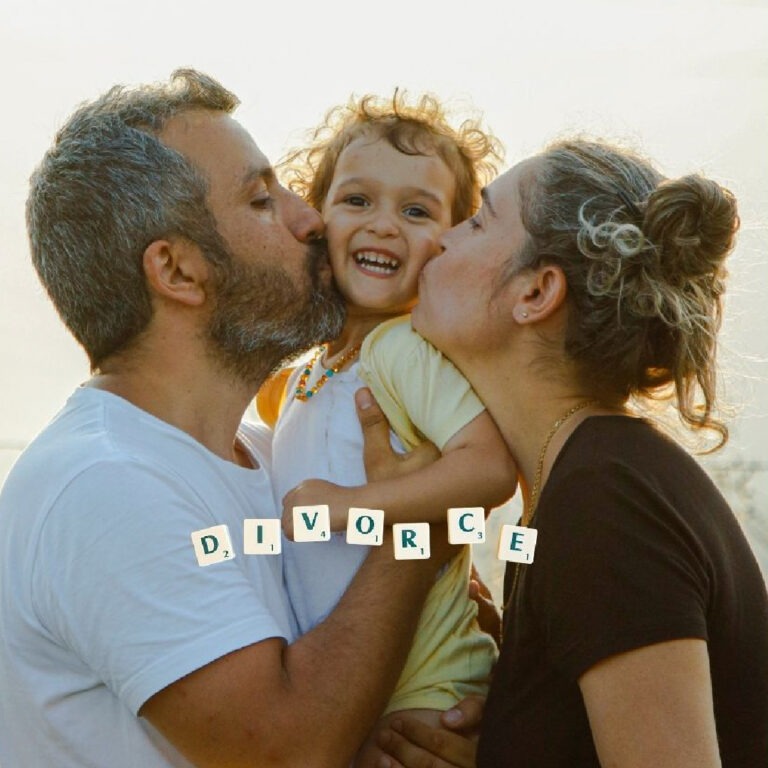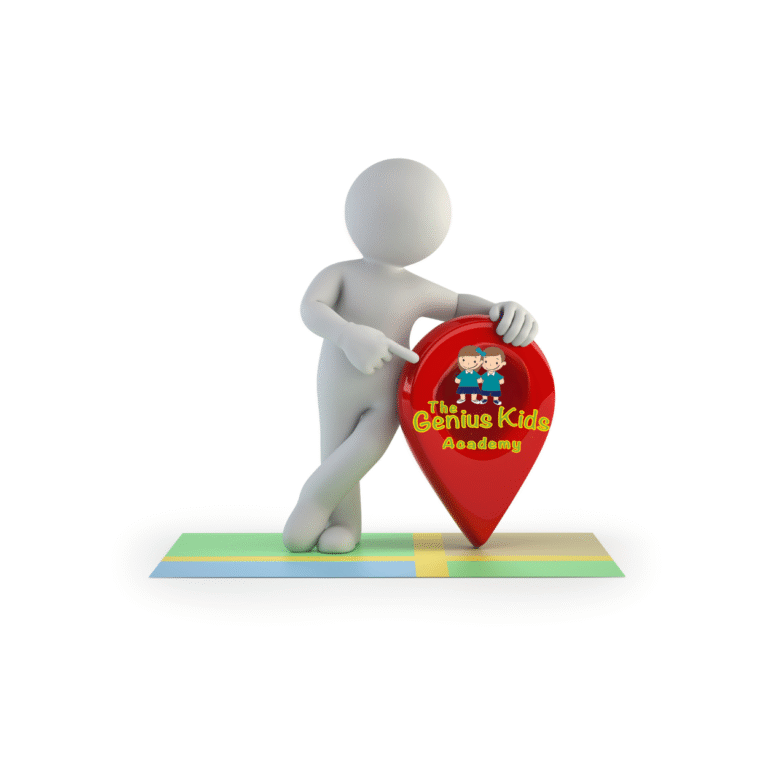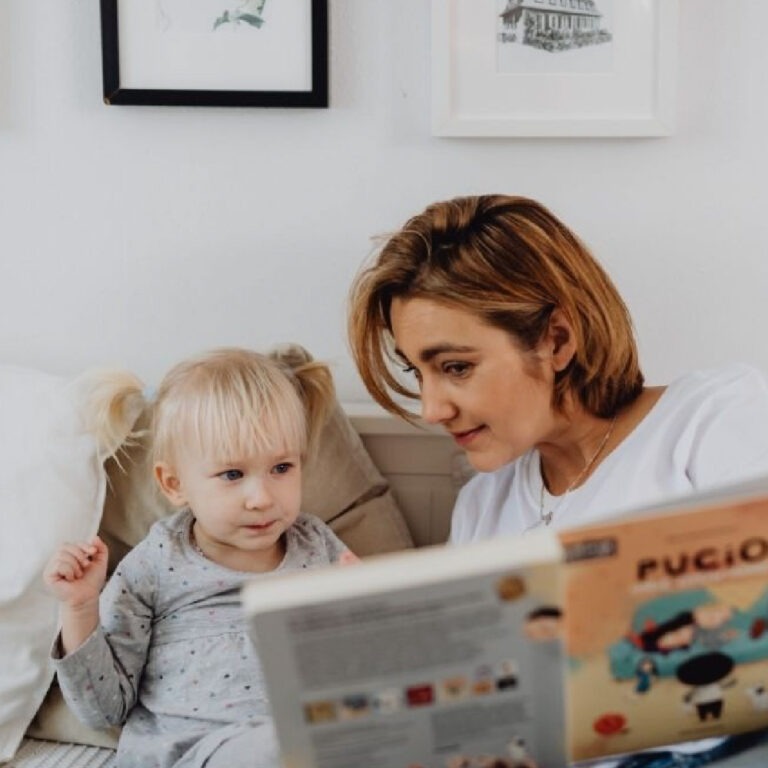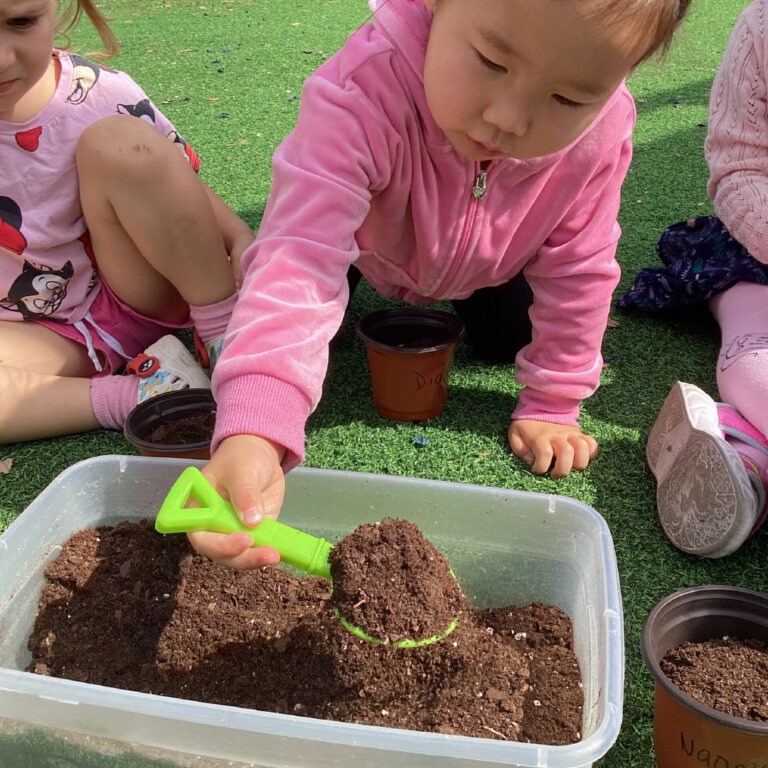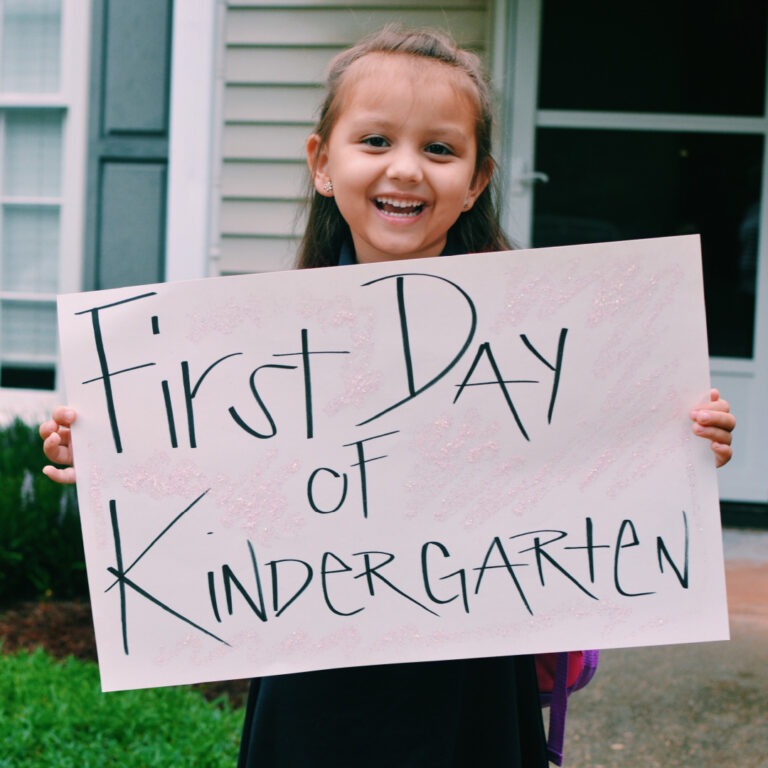Potty training your toddler: A step-by-step approach
Make potty training easy! Discover proven steps, readiness signs, and gentle tips to help your toddler gain confidence. Easy toilet training guide
- Key Takeaways
- Decoding Your Toddler’s Readiness
- 1. Physical Cues
- 2. Cognitive Clues
- 3. Emotional Signals
- 4. Verbal Indicators
- Create a Positive Potty Environment
- Choosing Gear
- Potty Placement
- Fun Introductions
- Your Potty Training Blueprint
- The First Day
- Building Routine
- Hygiene Habits
- Navigate Potty Training Setbacks
- Understanding Accidents
- Overcoming Fear
- Managing Resistance
- The Emotional Journey of Potty Training
- Your Mindset
- Their Perspective
- Advanced Potty Training Stages
- Night and Naps
- Out and About
- Caregiver Consistency
- Conclusion
- Frequently Asked Questions
- When is my toddler ready to start potty training?
- How can I make potty training positive for my child?
- What steps should I follow to potty train my toddler?
- How do I handle accidents during potty training?
- What if my toddler refuses to use the potty?
- How can I support my child’s emotions during potty training?
- Are there advanced stages in potty training?
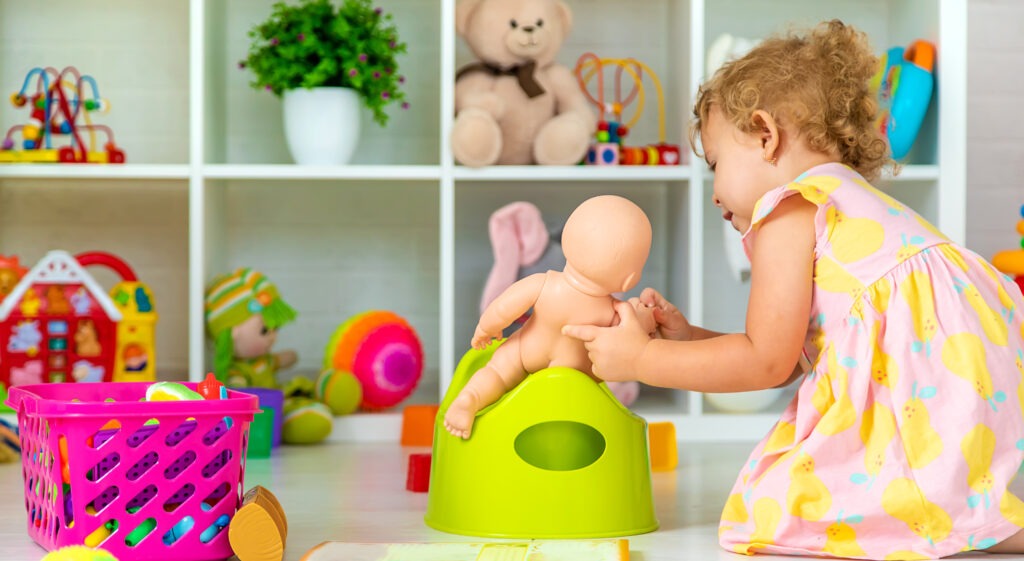
Key Takeaways
- Be sure your toddler shows signs of readiness physically, cognitively, and emotionally before initiating potty training.
- Set your toddler up for success by selecting comfortable gear and implementing a positive and consistent potty routine.
- Make the potty fun so they won’t be scared.
- Be patient and positive through setbacks. Handle accidents calmly and encourage good hygiene.
- Modify your strategy to combat fears or resistance and stay in constant communication with all caregivers so there is a united front.
- Get ready for the night and outings with tips to keep your child confident.
How to potty train my toddler is all about discovering simple methods to assist your little one in transitioning from diapers to the toilet. Most kids give readiness signals somewhere between 18 and 36 months, and the perfect moment tends to vary for each child.
They rely on straightforward habits, little incentives, and generous acclaim. Understanding these fundamentals guides you in selecting a strategy that fits your household.
The next section details each step.
Decoding Your Toddler’s Readiness
Potty training success begins with identifying when your child is ready for the potty training process. It’s not solely about age; some kids make early moves at 18 months, while others may not start until 2 ½ years or later. Therefore, be on the lookout for a variety of signs, rather than just one, and understand that every child is different and progresses at their own speed. Recognizing these signs can alleviate stress, ground expectations, and streamline the potty training experience for all involved.
1. Physical Cues
Watch for longer stretches between wet diapers, like staying dry for 2 hours or waking up from naps dry. This demonstrates increasing bladder control, an important physical indicator. My kids all hit this stage just past 18 months, but the timeline is very different.
If your child appears restless or cranky in a soggy diaper, he or she may be prepared to switch. If your child can pull pants up and down unaided, that’s another huge stride toward independence. This practical skill is important because it lets the kid hit the potty in time.
Going to the bathroom alone is another hurdle. Physical maturity is just as important as interest, so see if your child can get around the house easily and stand firmly on their feet.
2. Cognitive Clues
They have to understand cause and effect, like if you use the potty, you’re not wet and drip drip. This cause and effect sense is crucial for potty training.
This attentiveness to bodily cues is known as interoceptive awareness. Others may freeze up or seem hypnotized when they have to pee. Some will just go off and hide. Catching these cues is a good indication of mental preparedness.
If your kid can understand easy commands like ‘sit on the potty’ or ‘wash your hands’, potty training will be smoother. They may show curiosity about other people going potty or ask potty questions, demonstrating interest and learning.
3. Emotional Signals
Pay attention if your child is eager for potty time or wants to imitate adults. Excitement typically indicates they are ready to attempt. Worry, fear, or resistance means they might require additional time or reassurance.
Make potty time fun. This might include reading a favorite book or providing small incentives. If a kid insists on doing everything themselves, encourage them. Maybe they are ready to acquire new abilities!
Go easy on regression. Potty training is a slow-going process with plenty of regression, which is all part of the natural progression, particularly during big life transitions.
4. Verbal Indicators
Tune in for your child stating words such as “pee,” “poo,” or “potty.” Some will tell you before or after they go. Both are good indicators. Potty talk, even if it’s rudimentary, means they know what’s going on.
Somewhere that your child can tell you when they are wet or dry is usually a good sign that they are ready to go. Mentioning the need to go, even in crude terms, contributes to developing habit and confidence.
It’s consistent from all adults and you are putting your child on a potty schedule. It’s all really clear and less confusing to the child.
Create a Positive Potty Environment
Creating positive potty environments can help children feel safe and in control as they navigate the potty training process. The right size potty, along with a consistent routine, reduces anxiety and enhances the potty training experience for both kids and parents.
Choosing Gear
A potty chair or seat should be in tune with the child, comfortable, and sized to his or her needs. Some kids love a tiny throne with handles, while others prefer a seat that snaps onto the standard porcelain. By allowing them to select, you can potentially enhance the potty training experience, making this time more personal and less stressful.
Place the potty where your child spends most of the day, whether next to the bathroom or in a playroom. Making it accessible and visible minimizes the chance of an accident and aids in acclimating your child to the potty’s appearance, facilitating the potty training process.
Easy-to-pull-up or pull-down training pants foster newfound potty independence. Many kids feel proud when they can manage their own pants. Including a step stool if the toilet is elevated allows the child to access it securely, reinforcing their confidence during this transition.
This little bit helps them feel in control and reduces nervousness about the toilet. Books or basic potty charts can outline the routine in plain words and useful illustrations. They engage kids and get them clear on what is to come.
Potty Placement
Making the potty readily accessible to your child fosters habit formation. If the potty is within reach in the morning or after naps, it’s easier to make it a habit. Bringing him to the potty at set times, such as after meals or before bed, establishes a routine.
Letting them help pick where the potty goes makes them feel that they own it. If a kid wants their potty in close proximity to their favorite corner or play area, so be it.
Practice runs, which should be brief, five minutes per run, help the child become accustomed to sitting on the chair with no pressure. Messing around with the potty chair for a few days can alleviate the concern and make it more familiar.
If a child begins to resist, a brief time out can allow everyone to avoid stress.
Fun Introductions
Make it new and exciting and introduce the potty. Utilize stories, easy songs, or silly games to discuss what the potty is for. Make the potty or choose stickers or mini rewards fun.
Complimenting mini victories, such as sitting on the potty or attempting to use it, bolsters momentum. Describe the process, from pulling down pants to washing hands. Kids thrive with concise instructions and the nervous can be calmed with knowing what’s next.
Taking off the diapers for the day, establishing a peaceful zone, and describing what to anticipate can make the kid feel prepared. By establishing micro-goals, such as sitting on the potty upon waking, everyone can keep score without stress.
Allowing the child to dictate the pace and not mentioning potty training too much maintains a positive environment and prevents frustration.
Your Potty Training Blueprint
Potty training is most successful when you have a plan, a consistent routine and a flexible attitude. More than anything, it usually implies beginning each morning with intention—removing the diaper and directing the toddler to the potty immediately. This assists in establishing the attitude that potty use is now a part of life.
Be on the lookout for hints, such as squirming or freezing during play, and provide prompts. If there’s an accident, don’t freak out. Accidents are par for the course and provide an opportunity to instruct. Get the kiddo to drink a little extra water, so you have more opportunities during the day to use the potty.
The First Day
Begin with a simple schedule: take your child to the potty every two hours or after meals and snacks. This consistency develops predictability in the potty training process. Most families utilize a visual reminder – either a chart or a kitchen timer – to signal both adult and child about potty breaks. A potty training chart can help you keep track of progress and celebrate small victories like peeing in the potty or wiping yourself, reinforcing the concept of potty independence.
For others, stickers or small treats can maintain momentum throughout the potty training experience. Encourage your child to pay attention to their own signals so that they begin to associate their body’s cues with the urge to urinate. As your child emerges as a self-starter, tweak the schedule to fit their comfort and momentum, which is a key aspect of effective toilet training.
If you can, recruit a family member or friend to handle other responsibilities for a few days so you can give this your full focus. This concentrated effort can significantly enhance the potty training strategy, leading to successful outcomes and a smoother transition to using the regular toilet.
Building Routine
Just as critical as using the potty is good hygiene. Wipe from front to back to decrease the possibility of infection. Handwashing is a mandatory step after every visit. Sing a song or play a quick game to make handwashing fun and memorable.
Modeling these habits yourself establishes a lasting example. They’re more likely to mimic what they see on a daily basis. Having a schedule, like bathroom first thing in the AM, after meals, and before bed goes a long way to building these habits.
Hygiene Habits
Setbacks happen and don’t deserve frustration. Calm reactions help keep stress low for everyone. Accidents are not failure. If you experience more regressions after transitions or periods of stress, tackle these softly.
Occasionally, a strategic shift such as taking a few months off from training can be necessary if you hit a plateau or the child is clearly not ready. They don’t always go in a straight line. By week 3, some children have arrived at block 5, demonstrating they are ready to self-initiate more frequently.
Patience and flexibility are still your friends through it all.
Navigate Potty Training Setbacks
Potty training setbacks are bound to occur for any kid. These moments do not signify that something is amiss. Regression, when your once toilet-trained toddler starts having accidents again, is normal. Stressors like a new sibling, a move, daycare, or even developmental changes like growth spurts can all contribute.
Consistency and patience are important. Parents need to keep in mind that conquering potty training is a months-long process and that every child is different and has their own timing.
Potty Training Accidents
Navigating Setbacks It is only natural that your child will have accidents, and they should be dealt with calmly.
Understanding Accidents
Children could be anxious or even scared about going potty, especially during the potty training process. What parents can do is help by talking openly and asking if there’s anything that makes them nervous. Other times, kids are nervous of loud flushes or feel uncomfortable sitting on a big toilet. Allowing them to observe their older siblings or adults going to the toilet can demystify the experience and ease their fears.
It assists if you allow them to observe their older siblings or adults going to the toilet. That way, the whole experience isn’t shrouded in mystery for them.
Easy does it. Rather than push the problem, let the child hang out in the bathroom to get comfortable with the setting. Bringing in a favorite toy or comfort blanket during potty time can help them relax. This allows the child to associate potty time with good vibes, promoting their newfound potty independence.
Incorporating common potty training tips can further enhance the experience. For instance, establishing a regular potty schedule can help them understand when to take potty breaks. This practice not only aids in transitioning from diapers to kid underwear but also fosters confidence in their ability to manage bowel movements and urination successfully.
Overcoming Fear
Fear and resistance can rear their heads in all sorts of forms. Some kids resist because they’re just not ready, while others may be responding to recent upheaval in their lives. Just make sure you listen, pay attention to patterns, and address any discomfort.
Let them verbalize their frustration. Acknowledging their concerns validates them. Other times, simply listening is what the little one needs to get unstuck.
Flexibility can make all the difference. Experiment with tactics like a sticker chart or allowing the kid to choose their own potty seat. Modify your approach. Consistency is your friend, but flexibility can make it easier.
Managing Resistance
Potty training is emotional for both kids and parents. Adults need to remain positive and not get frustrated. Children are quick to notice a grumpy mood, so a calm tone helps everyone.
Open talks about emotions can establish trust. Inquire how the child thinks about it. Hear without condemnation. When a kid has an accident, it is an opportunity to comfort them and remind them that it is okay and not to be ashamed.
Even little victories call for celebration and can fuel motivation! Some easy to achieve encouragement goes a long way. It helps reinforce the bond, making the experience less stressful for all.
The Emotional Journey of Potty Training
Potty training is more than just a new skill; it’s an emotional roller coaster for kids and parents alike. The potty training process can feel slow, filled with small victories and defeats. Every child, whether they are boys or girls, progresses at their own rate, and your patience and support are crucial in navigating this journey toward newfound potty independence.
Your Mindset
Potty training will try even a saint’s patience, particularly if the process is lagging or there are regressions. We, as parents, feel everything from nervousness to pride, sometimes even a little pressure when we’re watching others succeed at a quicker pace. It’s natural to fret or compare.
Try to remember you can only navigate your own child’s emotional voyage, not the clock of another’s. Kids sense their parents’ anxiety. If mommy or daddy is calm and supportive, then the child feels safer. Attempt to see this through their eyes. A lot of toddlers are overwhelmed or even frightened by these shifts.
If your child has an accident, react with compassion rather than irritation. This lets them know that they’re being cared for, not shamed. Acknowledging a child’s emotions, like ‘It’s okay to get upset when things don’t work out,’ can relieve their tension. Open talks about fears or worries do wonders.
Get your kids to open up about their potty training thoughts. Hear without judgment. Tell them you’re going to be there to assist every step of the way. It comforts them that potty training is valuable, and you’ll be there for them no matter how long it persists.
Their Perspective
A child’s readiness for potty training can change daily. Some kids are eager to potty train, while others may resist due to fear or discomfort. Frustration and anxiety can abound, especially if a child isn’t ready. Parents can observe signs like dry spells during the day or their child’s fascination with the toilet to determine the right time to begin the potty training process.
Once daytime potty training proficiency is consistent, kids often present new challenges like staying dry at night or using public restrooms. These phases require their own strategies. For instance, we promoted a potty break before bed and utilized ‘pee-friendly’ bedding to ease nighttime accidents during the potty training phase.
When you’re out and about, schedule frequent potty breaks and take along the same comforting supplies from home. This establishes consistency and reduces stress for everyone involved. Discuss with caregivers what’s effective and what’s not, ensuring the potty training strategy remains consistent, regardless of the child’s location.
Prepare for regressions; they are part of the potty training experience. They don’t imply failure, only a typical learning process. Celebrate the little victories, whether it’s sitting on the potty or being dry for a couple of hours, as these milestones accumulate over time.
Advanced Potty Training Stages
Advanced potty training stages move away from early, repetitive practice and toward empowering your child’s independence, cultivating stronger bladder control, and navigating new challenges like staying dry at night and going out. These typically include transitioning to underwear, longer waits between bathroom breaks, and learning to hold in unfamiliar locations.
Setbacks, such as accidents or fights, can still occur and may require schedule alterations or dietary tweaks. Most kids get the hang of staying dry during the day by ages 2 to 3, but nighttime victories can take until ages 5 to 7. Every kid is different, so hang in there with your patience and consistent routines.
Night and Naps
Nighttime potty training requires patience, as staying dry at night is generally more difficult than during the day. Most kids require additional time, sometimes until age 7, to develop the biological capacity to hold urine throughout the night.
Start by looking for signs of readiness, like waking up dry or acting uncomfortable with a wet diaper. Restrict fluids approximately an hour before bedtime to reduce the risk of accidents and promote a bathroom visit immediately prior to sleep. This builds a habit and gets them going to bed with an empty bladder.
Accidents will still occur, so protect with waterproof sheets and have spare bedding close by. Answer calmly, with no shaming or punishment in order to preserve positive feelings about the learning.
Out and About
Potty training at advanced stages is harder on the road. Think in advance by planning bathroom stops and informing your child where the closest toilet is, be it a shop, park, or friend’s house.
Pack a travel potty or pull-ups for when a toilet isn’t within reach, making life more comfortable for both toddler and parent. Get them to talk about it and tell you when it’s time, thus engaging them in their own advancement.
Practice with public toilets, demonstrating dealing with locks, flushes, and varying configurations. Every new location establishes your child’s confidence to use the bathroom and helps them acclimate to different environments. Prepare for regression; new locations make kids nervous or silly.
Caregiver Consistency
Consistency is what counts during advanced stages. Have everyone taking care of your child—parents, relatives, educators, babysitters—adhere to the same routine and use similar words for bathroom steps.
Exchange advice on what’s been most effective, such as when you remind them or which incentives spur a response. Consistent language, like ‘potty time’ or ‘bathroom break,’ lets the kiddo know what to expect everywhere.
Check in frequently on progress or problems. This collaboration establishes trust, maintains consistency, and allows the child to feel supported both at home and outside.
Conclusion
Potty training is a roller coaster, and toddlers potty at their own speed. Some days go quicker and some go slow. Keep your cool and keep it simple. A little victory, like dry pants for an hour, signifies genuine advancement. They absorb a ton from a little tone, not just big speeches. Use short praise and a warm tone. Changes show with time. Mommies and daddies around the world are dealing with the same challenges, so you’re not alone. If it stalls, take a break and start over later. Every kid has their own road. For advice that suits your family or additional ways to support your toddler, browse different guides or consult with other parents for new suggestions.
Frequently Asked Questions
When is my toddler ready to start potty training?
Watch for indicators such as being dry for a minimum of two hours, expressing curiosity towards the toilet, and comprehending basic commands during the potty training process. Most kids develop this newfound potty independence between 18 and 36 months.
How can I make potty training positive for my child?
Approach your little tyke with encouragement and patience during the potty training process. Create a comfy, safe place with a tiny potty for successful potty breaks. Don’t punish your child for accidents to build confidence and promote newfound potty independence.
What steps should I follow to potty train my toddler?
Begin with a ritual for potty training, teaching your kid how to potty train. Ensure he has regular potty breaks and reward every victory, as consistency is key.
How do I handle accidents during potty training?
Accidents happen during the potty training process! Keep calm, clean up together, and remind your child that learning is a journey toward potty independence.
What if my toddler refuses to use the potty?
If your child resists during the potty training process, pause and come back to it later. Occasionally, kids just require additional time for potty independence. Make it positive and stress-free.
How can I support my child’s emotions during potty training?
Validate their emotions during the potty training process, provide reassurance, and keep cheering their strides toward newfound potty independence. Emotional support instills confidence and trust.
Are there advanced stages in potty training?
Yes, the later phases involve mastering nighttime training and the potty training process in unfamiliar locations. Gradually introduce these challenges as your child gains newfound potty independence.

